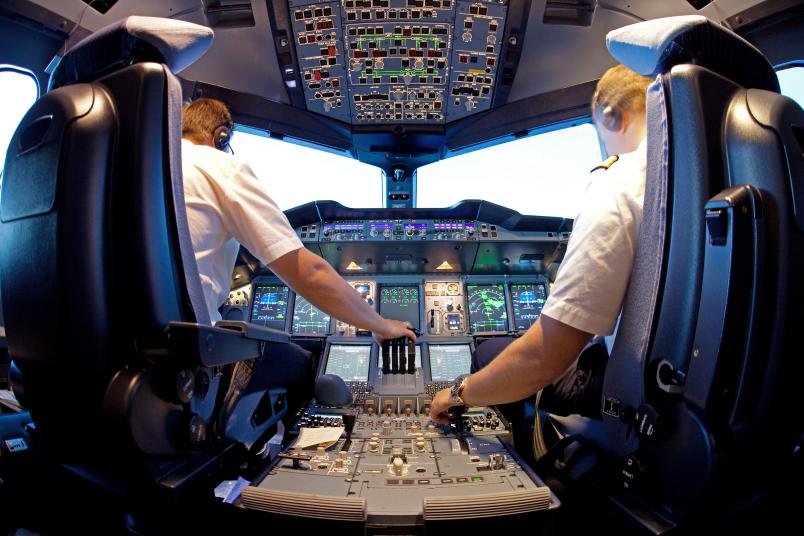
Modern aeronautics and space engineering is a kind of systems engineering, which must increasingly integrate, from the outset, elements that contribute to the design or management of an aircraft or space complex.
Striving to create an aeronautic or space product, therefore, widens the scope of training, in order to see, together, the different aspects of a problem, to assemble knowledge drawn from often distant disciplines, and to frame them in the general context in which this product is conceived, constructed, and used.
More in substance: during Year 1 you will study the core scientific disciplines (common to all PoliTO engineering courses), in Year 2 you will explore basic engineering subjects, while Year 3 will be more specifically geared towards aerospace engineering.
Thus, in Year 3, you will have to choose your specialist pathway between production engineering or maintenance and aeronautics services engineering.
The degree programme conists of two main fields of study:
- Scientific and Methodological Foundations (first three semesters): dedicated to teaching mathematics and basic sciences (physics and chemistry) as indispensable disciplines for engineering.
- Industrial and General Engineering (Year 2): provides engineering basics common to all kinds of engineering, while also conveying the characteristic “forma mentis” through industrial technical drawing, the science and technology of materials, the mechanics of machines, electrotechnics, electronics, applied thermodynamics, the transmission of heat, and structural mechanics.
In Year 3, you will be invited to select your specialisation:
- Theoretical Foundation of Aerospace Engineering
- Aerospace Technology and Aeronautics Maintenance - EASA Part-66 pathway

The degree programme is Italian-taught, with a first year also offered in English. The conclusion of the educational path involves a final exam that consists in drawing up and presenting a project in front of an examination board.
If, instead, you have chosen the “EASA Part-66” curriculum, you will take part in a curricular internship (mandatory) that enables you to earn between 6 and 16 credits.
In order to be awarded the degree, you must obtain the B2-level English language certificate (Common European Framework of Reference for Languages - CEFR).